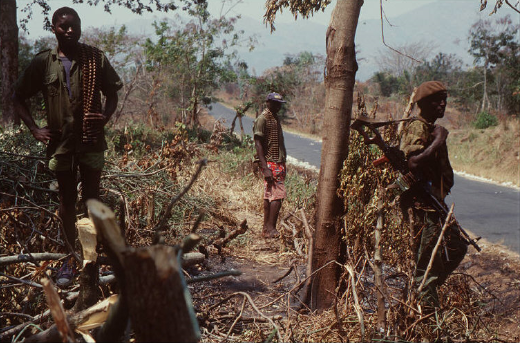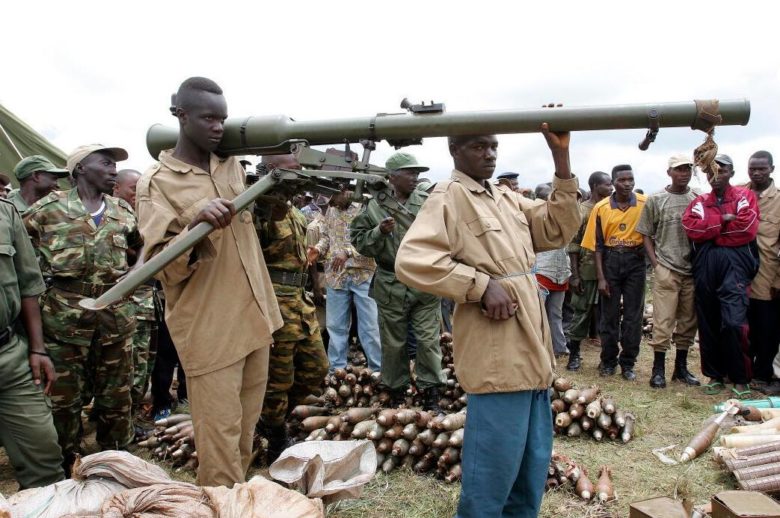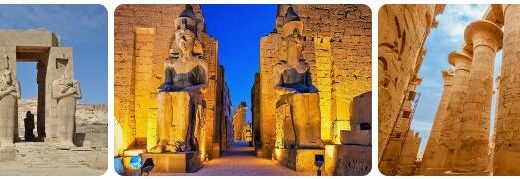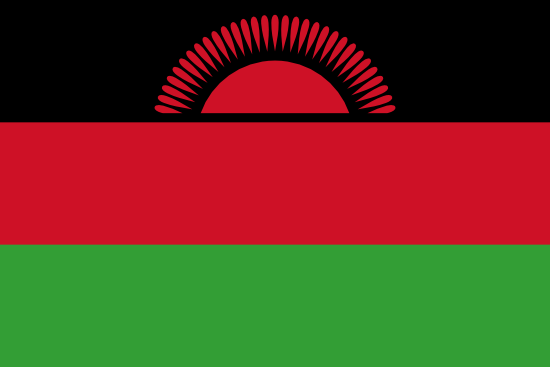History of Burundi Part I
Burundi was originally populated by hunters and sankers before agriculture settled in the Middle Ages. The kingdom of Burundi, or Urundi, was formed in the 1600s, based on the ruling and cattle-driving group of Tutsis. The Tutsis constituted the royal family and the nobility, a king in Urundi had the title of mwami. A similar kingdom was formed just north of Burundi in Rwanda.
The kingdoms of Urundi and Rwanda became part of German East Africa in 1890, but were conquered by the Belgians during the First World War. In 1923, the area was officially subjugated to Belgium through a resolution in the League of Nations. Both Rwanda and Urundi were ruled by a Tutsi elite. In 1962 Burundi became an independent kingdom, from the 1966 republic.
As in neighboring Rwanda, in modern times Burundi has experienced much turmoil between the two largest groups of hutu and Tutsi with civil war and massacres. In Burundi’s case, the mass murder of Hutu culminated in 1972. The unrest continued and triggered new massacres, both on Hutu and Tutsi. In 1993, a civil war broke out, which continued until 2005, when there finally was a consensus between Tutsi and Hutu-dominated groups on power sharing. By then, the 12-year civil war had cost 200,000 lives.
Pre-colonial times
Burundi is inhabited by three peoples, and their relationship has dominated the country’s history. The indigenous population is the twee people (pygmies), a hunter and gatherer people, who count about one percent of the population. The two people (also called batwa) are found in the forest areas of Equatorial Africa and are considered to be descendants of the indigenous peoples of the forests. Through migrations over the last millennium, batwa was gradually displaced, first by settled farmers who settled in the area that today constitutes Burundi. This group is later known as hutu (bahutu, wahutu), and constitutes about 85 percent of the population of Burundi. The third group, Tutsi (batutsi, watutsi) immigrated in the 1400s, counting about 14 percent and have traditionally been most driven by cattle farming.
Hutu and Tutsi
There are different versions of the history of the Hutu and Tutsi people groups, and different approaches to this story have strong political overtones, linked to the conflict in both Burundi and Rwanda. The two groups are often referred to in ethnic terms, but they share most traits that usually form ethnic divides; same language, religion and culture. Neither do economic or physical conditions separate the groups. Tutsis are traditionally portrayed as an upper class, and the Hutu as inferior. Tutsis are described as right-wing and of Semitic origin, after the legend immigrated from Abyssinia, while Hutus are lower and belonging to the Bantu. However, there is no apparent physical difference, and it is pointed out that it is more on a social level – and in the form of identity – that the two appear as different groups.
In pre-colonial times, Hutus and Tutsis had different status in society, related to whether they were farmers or cattle drivers and their position in the feudal community. Burundi was a feudal society with a king, mwami, in power. The king was himself a Tutsi, but had direct connections with both peoples. Between the king and the masses there was a separate nobility class, ganwa, which also consisted of Tutsis – but which was raised above both Hutu, Tutsi and Twee. Conflicts in pre-colonial society were essentially linked to power struggles in ganwa and inwardly in the Tutsi dynasties – including between Bezi and Batare; not between hutu and tutsi. Mwami’s strong position united the various groups within the kingdom.
Under ganwa, there was a complex social and political structure that involved both Tutsis and Hutus at every level, and which helped to make the distinction between the two groups blurred. The divide was not as much ethnic or social; substantially related to the political hierarchy within the kingdom. There were also marriages between Hutus and Tutsis, and Hutus could – through the right to own cattle – advance on a social ladder and become Tutsis. A family could move from one social group to another over time, depending on its changed political and economic situation. The terms hutu and tutsi, used to place people in a social context, also sometimes had different meanings at different times and in different contexts.
A clear and institutionalized distinction between Hutu and Tutsi as two different ethnic groups – based on ethnic definitions – was established during the colonial period. Both the German and Belgian colony administrations found it expedient to establish a divide, in order to set different groups against each other. Many of the myths surrounding Hutu and Tutsi that separated ethnic groups were created as stereotypes around the turn of the last century, underlined by the ethnic classification in the identification papers everyone had to carry. The colonial power attached special ties to the Tutsis, who were favored at the expense of the Hutu. This, as well as the preparation of the Tutsis as a warrior who had undergone the Hutu as they immigrated from the north, reinforced the image of the Tutsi as a ruling class and the Hutu as the servant class.
Colonization
N’tare Rushati is considered the founder of the centralized kingdom of Burundi in the 16th century. In the wake of Arab slave traders, European traders and missionaries came to Burundi in the 19th century, and in 1899 the country was laid under German East Africa, which also included Rwanda and Tanganyika. Today’s Burundi and Rwanda were ruled as one area, Rwanda-Urundi, to independence in 1962.
In 1916 the area was occupied by Belgian forces and came under Belgium. After an agreement with the United Kingdom in 1919, Belgium maintained its control of the territory, and in 1923, Rwanda-Urundi became a mandate under the League of Nations, with Belgium as the supervisory country; from 1946 it became a management area under the UN. Most of the time, Rwanda-Urundi was administered together with the colony of Belgian Congo. Administered on behalf of the League of Nations and the UN, and not as a colony, the Belgians ruled through local rulers, through a continuation of the alliances the Germans had established, above all with Tutsi clans.
It was not until the 1950s that party political activity was allowed, in line with the UN’s prerequisites for the administration of the area, and several groups emerged. The two dominant parties were the Union pour le progrès national (UPRONA) and the Parti démocrate chrétien (PDC) – led by each part of ganwa, and the first more radical than the other. The Belgian administration preferred the PDC, which strengthened UPRONA’s position as the real nationalist party.
In September 1961 elections were held under UN supervision, which was won by a clear majority of UPRONA, led by Prince Louis Rwangasore, the king’s eldest son. After the election, Rwangasore was appointed prime minister, but was assassinated shortly after. Together with the Hutu revolution in neighboring Rwanda in 1959, this contributed to the emerging polarization between Hutu and Tutsi in Burundi, and a period marked by political violence began.
February 2005: Burundian military groups have volunteered to be disarmed under the auspices of the UN peacekeeping forces. Members of the CNDD-FDD rebel force surrender weapons and ammunition.




